Welcome to the VDP.Rheingau with the Hessische Bergstraße
Where the sun shines twice
Only in a few places does the Rhine Valley ever open up as impressively as in the Rheingau – framed by the gently sloping heights of the Taunus, the light here seems charged. No wonder – the wide river acts as an additional reflector. Riesling loves this intensity and so the Rheingau has the highest proportion of Riesling in the world, almost 80 percent. But Spätburgunder also feels at home in the Rheingau – especially in the steep slate slopes of the lower Rheingau near Assmannshausen.
THE RHINE AS A MIRROR FOR SUNLIGHT
There is a spot beyond Wiesbaden where the Rhine changes direction for almost 30 kilometers and flows from east to west. The Rheingau region is found there, on the north bank of the river. It begins in Hochheim just past the Main, which flows directly into the Rhine at the eastern bend. From Wiesbaden, the Rhine Valley opens up wide and allows intensive sunlight to reach the vineyards, which gently descend from the protective and wooded ridge of the Taunus foothills southward towards the Rhine. The wide, sweeping Rhine provides a stable, mild climate here through its role as a heat reservoir – but it also serves as a reflective surface in the direction of the lower Rheingau from Rüdesheim. There the slopes become steeper and more rugged and the Rhine changes direction again, flowing again to the north and narrowing considerably.
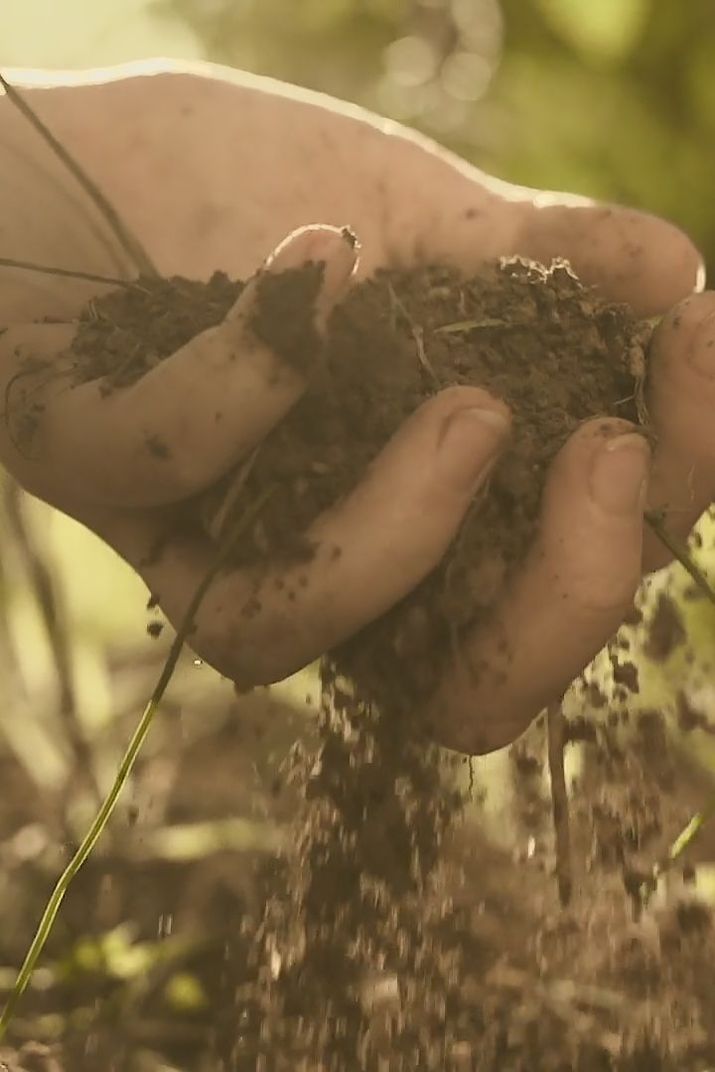
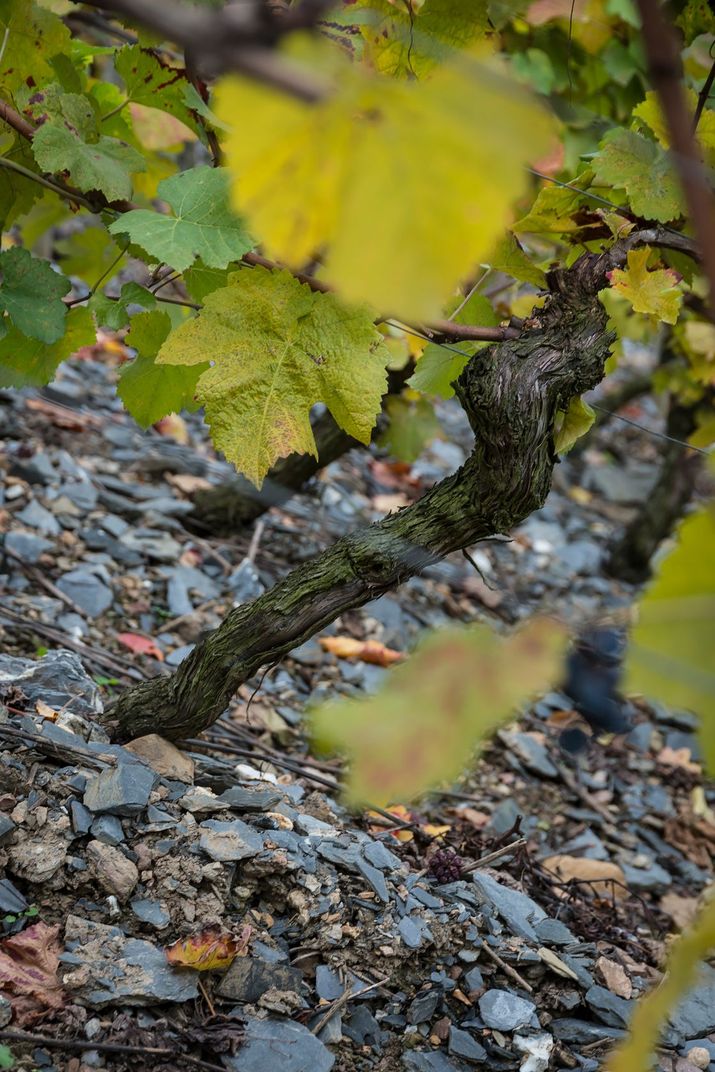
Up to Lorchhausen, the plantings in the vineyards in this part of the Rheingau – especially around Assmannshausen – change from Riesling to Spätburgunder. The soils are characterized by quartzite and clay slate, particularly in the steep slopes of the lower Rheingau – loess, clay, sand, gravel and marl are found in the middle and upper Rheingau.
BASTIAN OF RESISTANCE
As early as 1897 most of the renowned wineries in the Rheingau, including the Königlich-Preußischen Domäne and Schloss Johannisberg, had joined together to form a "Vereinigung Rheingauer Weingutsbesitzer." The primary goal of the association was the "centralization" of the dates of the wine auctions according to the model of the three Trier auction consortia and the establishment of uniform auction conditions. The activity of the association soon also extended to questions of regional and national winegrowing policy. The association would sow the seeds for the Rheingauer Weinbauverband and have a lasting influence on legislation in the field of viticulture. In 1910 the association was one of the founding organizations of the "Verband Deutscher Naturweinversteigerer" – the predecessor organization of the VDP.
In 1926 the association had 49 members holding a total 604 hectares of vineyards, 130 hectares of which were owned by the Domäne. After the Second World War, the Rheingauer Vereinigung was one of the first VDNV member associations to resume the old traditions. After 1949 the auction in Kloster Eberbach quickly became an event of national importance again. In 1955, Rheingau winegrowers gave the impetus to found the "Vereinigung Fränkischer Naturweinversteigerer." The VDNV Rheingau counted 43 wineries with 542 hectares of property at that time. Often mediating between the different mentalities of the Pfalz and Mosel growers, the VDP.Rheingau is to this day a stronghold of stability. As part of the Charter Association, the Rheingau played a driving role in the classification efforts of the VDP and other quality wineries and in 1999 introduced the ERSTE GEWÄCHS in the Rheingau – not just as a voluntary classification level but also as a quality feature laid down in the Hessian quality classification regulations. With the adoption of the Charta vineyards in 1999, the Rheingau became the regional association of the VDP with the largest number of members. What's more, nowhere else do the VDP members cultivate a larger share of the vineyard area within a winegrowing region. The 1.098 hectares cultivated by the 41 VDP estates in the Rheingau correspond to more than one third of the region's vineyards.
CHAIRMANS:
1897-1905 Philipp Josef Krayer, Johannisberg
1905-1907 Philipp Alexander Graf von Ingelheim, Geisenheim
1907-1915 Josef Burgeff, Geisenheim
1915-1928 Ulrich von Stosch, Oestrich
1928-1932 Bernhard Grimm, Johannisberg
1932-1946 Maximilian Ritter und Edler von Oetinger, Erbach
1946-1952 Domänenrat Christian Labonte, Johannisberg
1952-1972 Wolfgang Michel, Hochheim/Main
1972-1984 Rentmeister Egon Mauer, Eltville
1984-1993 Gerko Freiherr zu Knyphausen, Eltville
1993-1999 Stefan Ress, Hattenheim
since 1999 Wilhelm Weil, Kiedrich
Board of directors of the VDP.Rheingau
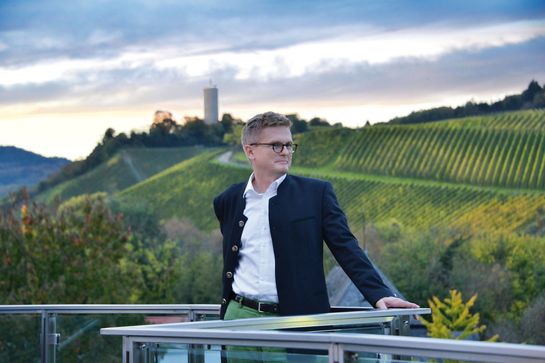
CHAIRMAN
WILHELM WEIL
VDP.Estate Robert Weil
Mühlberg 5
65399 Kiedrich
PHONE: +49 (0) 6123 2308
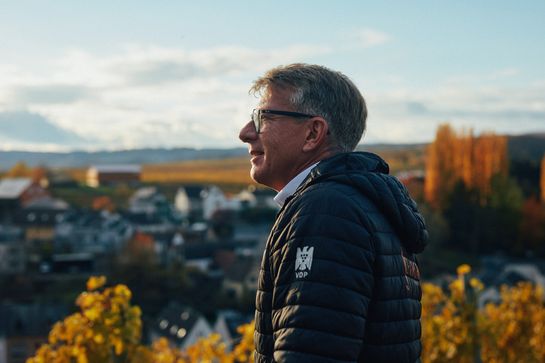
DEPUTY CHAIRMAN
JOHANNES ESER
VDP.Estate Johannishof
Grund 63
65366 Johannisberg
PHONE: +49 (0) 6722 8216
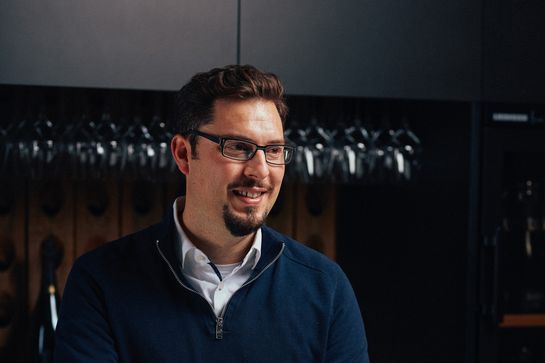
DEPUTY CHAIRMAN
MARK BARTH
VDP.Estate Barth
Bergweg 20
65347 Eltville-Hattenheim
PHONE: +49 (0) 6723 2514
Mail: mail@weingut-barth.de
Kontakt zum VDP.Rheingau
OFFICE VDP.RHEINGAU
MATHIAS GANSWOHL
Mühlberg 5
65399 Kiedrich
PHONE: +49 (0) 6123 676812
Fax: +49 (0) 6123 676813
Mail: info@vdp-rheingau.de

